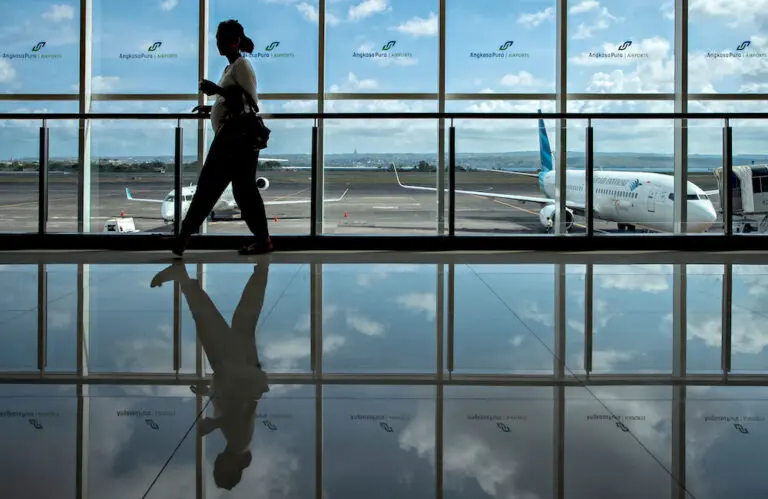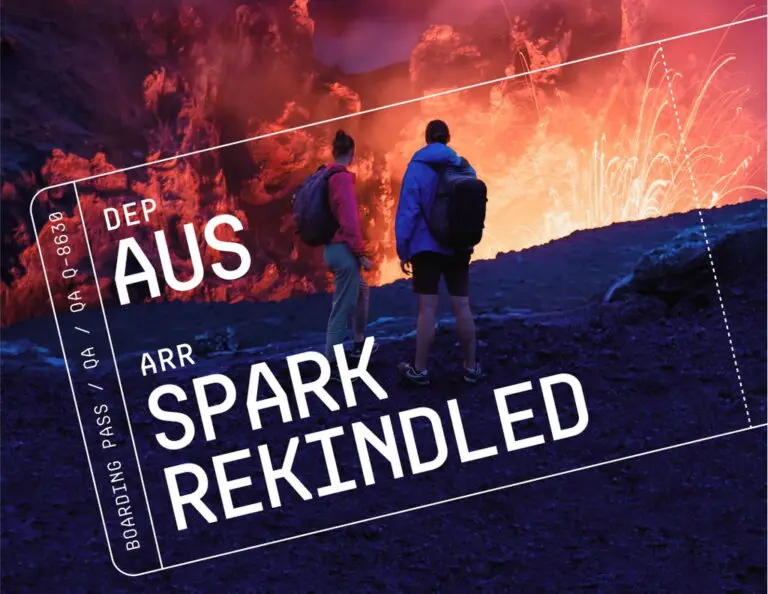On the heels of International Women’s Day, a global survey of business travellers found seven in 10 women (71%) said travelling for work is less safe for women than men and almost one in five (19%) women said the safety onus should be on employers.
The World Travel Protection x Opinium survey of 2,000 business travellers in Australia, Canada, the US and the UK, showed women travelling for work are more likely to take safety measures than men.
The travel risk management company found almost one in three (31%) women said they do not travel or go out alone at night, compared to 18 per cent of men.
Almost half (46%) of female travellers always stay in close contact with family and friends so their whereabouts are known, compared to 36 per cent of men.
Around one in five (19%) women also felt their organisation should act with safety in mind when female employees are travelling alone, such as ensuring flights do not arrive late at night.
More than one in 10 female business travellers reported experiencing a negative incident when travelling, ranging from minor theft to assault.
Both men and women equally take extra steps to protect their security in hotels, such as placing an obstacle against the room door (16% men and women) and using room service (17% men and women).
For Australia specifically, more than double the number of female respondents did not like travelling to countries where women’s rights aren’t protected (39% of women compared to 15% of men).
World Travel Protection suggests that solo female travellers take precautions such as checking current government travel advice for their destination, booking group tours and being alert on public transport.





